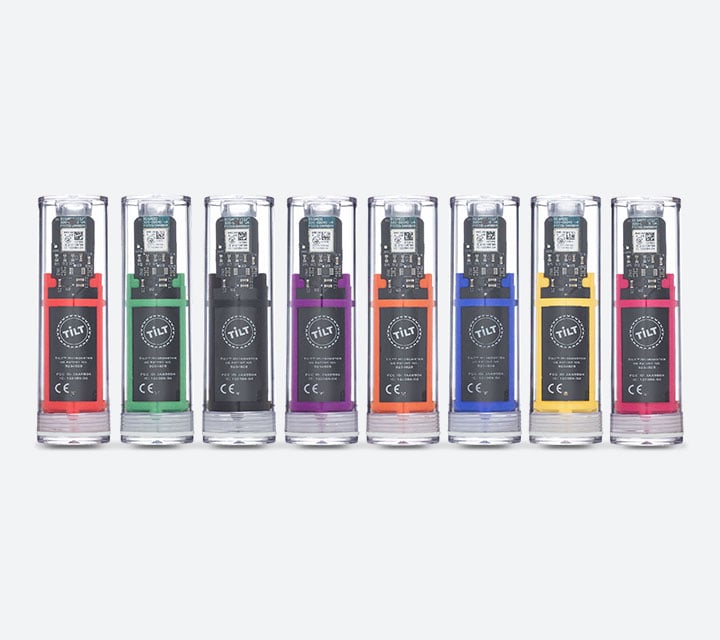
Industrial 3D printing at Shapeways is based on an exciting, continually growing array of advanced 3D printing materials and technology, prompting a wide range of innovation from businesses of all sizes. And although it may seem simple enough to go from that drawing on a dinner napkin to a full-blown 3D printed product, the overall process is not always quite that easy to put into production–leading to one of the main topics in the recent webinar co-presented by Shapeways and ZVerse, ‘Overcoming 3D Printing Design Challenges with ZVerse and Shapeways,’ available for replay here.
“There’s a lot that comes into play for actually designing something and bringing your concept into real form,” said Steve Weart, Director of Customer Success at Shapeways. “That’s why there has been such a huge, and positive, impact in partnering with ZVerse, especially due to the massive scope needed for 3D design.”
ZVerse aids with the design and file formatting process, and Shapeways takes it from there, guiding customers in everything from selecting 3D printing materials and technology, to manufacturing and delivery of market-ready products, shipped in white-label packaging.
The journey from concept to manufacturing always begins with that lightbulb moment, translated into a model; however, the intent behind the design can vary greatly.
“One-off designs tend to spark a lot of creativity, acting as a door opener,” says Weart. “While customers may have originally come to us to solve a problem with a design whether it’s something artistic, a trophy, or something they are trying to create around the house, that actually gets people into 3D printing and often they return with a whole new design project.”
The file creation process begins as the customer creates a design request, approves the quote, and ZVerse moves forward with QA, job approval, and the designer completes their work. After that, ZVerse routes the file to Shapeways.
Analysis regarding printability is one of the most important steps after the customer uploads the 3D model, and file fixing services are available through the User Application Team to ensure excellence in production.
“We are able to help regenerate many models that originally were not printable,” says Angeliki Sioliou, User Application Design Specialist at Shapeways.
Although the majority of models are easily uploaded and 3D printed, in some cases there may be details that prohibit quality 3D printing.
“Different materials have different guidelines, and sometimes we run into problems when a model is set for a material that isn’t compatible with a more complicated type of geometry,” says Sioliou. “We are able to offer customized feedback in many cases and help regenerate models that may originally not have been printable.”

In working with Shapeways and partners like ZVerse, customers have access to a dedicated design team in-house, and a large network of engineers too, all ready to handle support for unique one-time designs for artwork like statues, or fine jewelry like custom earrings made with precious metals such as sterling Silver or Gold. Other special products may include models for architectural projects, dioramas used in educational settings, trophies, and other promotional items.
More typical projects include 3D designs for scanning and reversing engineering parts, end-to-end product development, and converting 2D drawings into 3D files. The ability to design for rapid prototyping is also one of the most appreciated 3D printing benefits. Prototyping allows for testing, continued product development, and accelerated speed to market. There may be several cycles involved in the iterative process—or a hundred.
Customers like Gavin Stener, founder of 67 Designs, are dedicated to 3D printing due to the unprecedented freedom in design and excellence in materials and technology like Selective Laser Sintering (SLS) and Nylon 12 [Versatile Plastic]. 3D printing allows his company to create unique and rugged accessories for off-roading vehicles—even when consumer demand could historically call for a turn toward mass production and methods like injection molding.
Prototyping allows manufacturers to:
- Optimize designs and reduce cost.
- Decrease the number of parts in one assembly.
- Nail down the final design for mass production of parts.
For clients like Tilt Hydrometer, rapid prototyping through Shapeways offered the opportunity for CEO Noah Neibaron to make over 100 iterations before settling on the finalized design for the his unique design measuring and monitoring the fermentation process, bringing more advanced technology and precision to the culture of home-brewing. The same material used for prototyping, Nylon 12 [Versatile Plastic], was ultimately used for the final, functional product too—bringing more advanced technology and precision to the culture of home brewing.

“I ended up learning a lot about technology,” said Noah. “I was passionate about brewing and I really wanted the business to take off.”
“Shapeways was a large part of that. They were really great with fast service, quality, and the range of colors which actually ended up affecting our whole product line because we now make eight different colored 3D printed tilts—and those are the colors Shapeways sells.”
Many customers just aren’t sure where to start or how to design for 3D printing. The key is in realizing that Shapeways and partners like ZVerse are there to offer execution of their ideas and designs, accompanied by comprehensive support. There is no reason to try to do it all alone!
About Shapeways
Shapeways has worked with over 1 million customers in 160 countries to make over 21 million parts! Read about case studies, find out more about Shapeways solutions, and get instant quotes here. Contact Shapeways now to enjoy the benefits of advanced technology and materials for 3D printing with accuracy, complex detail, and no limits in terms of mass customization or single part orders.


